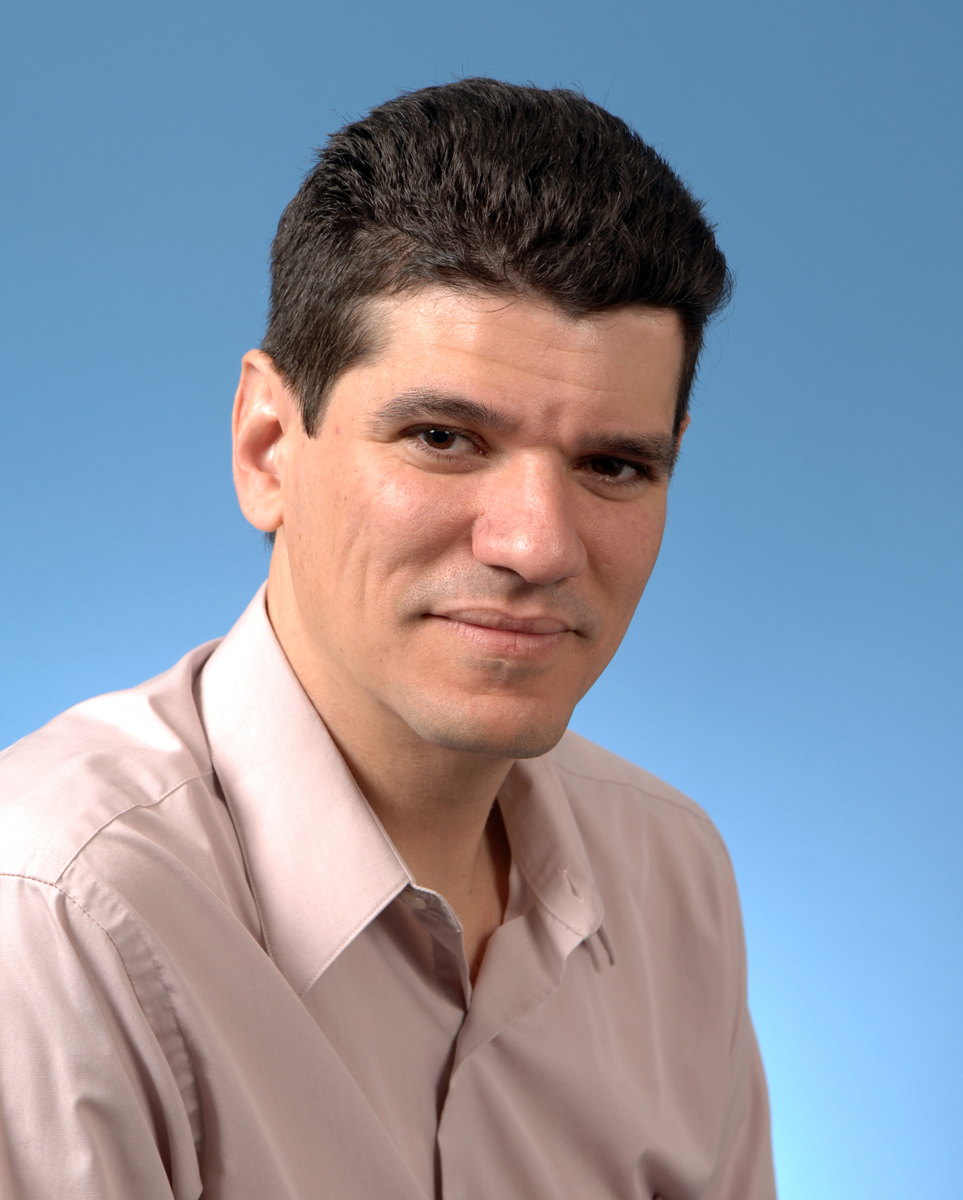Fernando Pellerano – NESC Academy Biography
Fernando A. Pellerano received the B.S. from the University of Puerto Rico, Mayaguez, PR in 1990, and the M.S. from Johns Hopkins University, Baltimore, MD in 1993, both in Electrical Engineering. He has worked at NASA’s Goddard Space Flight Center since 1990. Mr. Pellerano served as the Instrument Systems Engineer for the Aquarius Radiometer. Launched in June of 2011 the Aquarius/SAC-D mission was to the first to study the effects of salinity on ocean circulation and global climate. He also was the Lead Systems Engineer for the Thermal InfraRed Sensor (TIRS) instrument for the Landsat Data Continuity Mission (LDCM), now called Landsat-8, launched on February 11, 2013. The TIRS instrument continues thermal imaging from prior Landsat missions and support emerging applications such as evapotranspiration rate measurements for water management. More recently he has served as the Lead Systems Engineer for the Advanced Topographic Laser Altimeter Systems (ATLAS) instrument on the ICESat-2 mission. ICESat-2/ATLAS will make important observations of ice-sheet elevation change, sea-ice freeboard, and vegetation canopy height, all key parameters to study climate change.
Mr. Pellerano is currently the Chief Engineer of GSFC’s Instrument Systems & Technology Division where he serves as a senior technical advisor to Goddard management on flight instrument systems development as well as active and passive remote sensing technologies. Mr. Pellerano has received many awards, including the NASA Exceptional Achievement Medal, the GSFC Exceptional Achievement Award, the AETD Science and Technology Advancement Award, and the Great Minds in STEM 2016 HENAAC Professional Achievement Level II Award. He is also a NASA Goddard Senior Fellow.

























